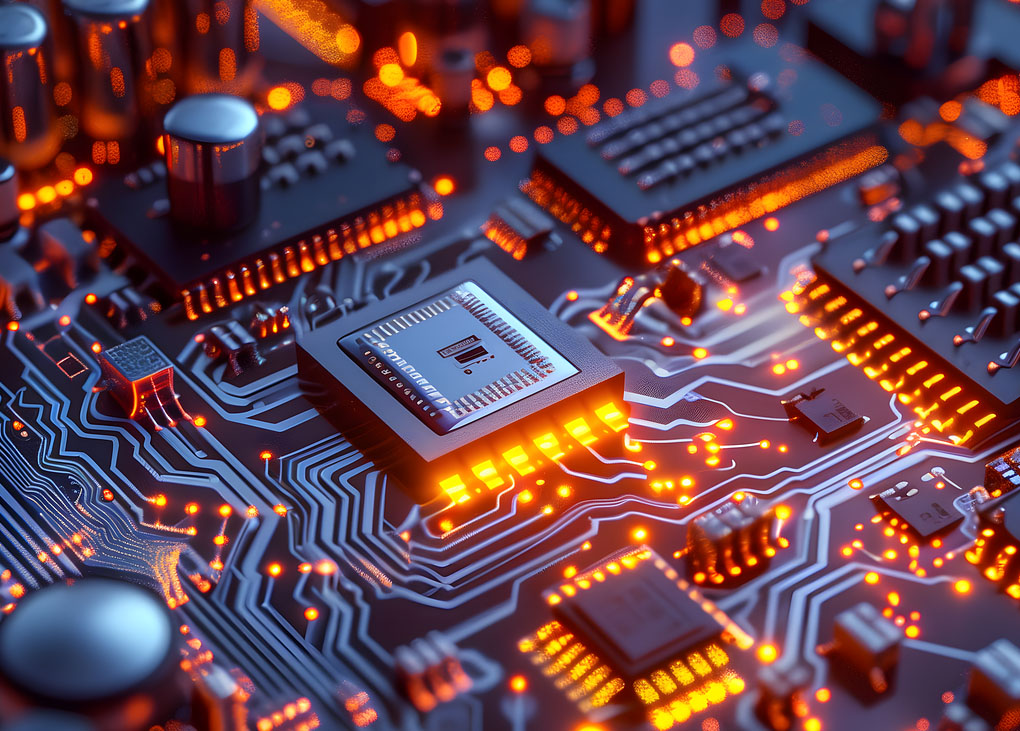Californian technology firm Nvidia recently became the world’s most valuable company, valued at approximately US$5 trillion (AUD$7.5 trillion).
The company’s value has nearly doubled since the start of the year, and overtook Apple and Microsoft in the race to the top last week.
Analysts at Wedbush Securities believe that over the next year the race to US$4 trillion market capital in technology will be front and centre between Nvidia, Apple, and Microsoft.
Nvidia is primarily known for producing semi-conductors, the computer chips that help power the data centres that run artificial intelligence (AI) models. The chips specialise in heavy computing loads, and train and run generative AI models (including OpenAI’s ChatGPT).
Nvidia also produces graphic processing units (GPUs), and its products are considered the gold-standard in the world of technology.
Director at Nequinn Consulting and expert in immersion-cooled supercomputers, Mark Lommers, M.AIRAH, recently spoke to Ecolibrium about how the next generation of supercomputers and data centres requires a new type of cooling system.
“Supercomputer systems are very expensive to construct, maintain and operate,” says Lommers. “Power supply and cooling system operation of a conventional data centre represents about 35 per cent of the total cost of ownership of the facility.”
Lommers has worked on five separate immersion-cooled high-performance computing clusters throughout the world ranging from 60kW up to a mammoth 15MW data centre in Houston, Texas.
These computers all use a similar method of self-contained immersion cooling using an “in tank” heat exchanger to manage the cooling of these high-performance computers using a dielectric fluid. According to Lommers, these immersion-cooled supercomputers are near silent and can achieve greater than 46 per cent reduction in energy consumption attributable to mechanical systems.
“Through the removal of energy-hungry air-circulation fans in the immersed computing equipment – these are no longer required – we can see an instant 10 per cent reduction in energy use, which translates into a direct reduction in overall cooling requirement,” says Lommers.
“Supercomputer systems are very expensive to construct, maintain and operate. Power supply and cooling system operation of a conventional data centre represents about 35 per cent of the total cost of ownership of the facility.”
The rise of AI has meant that more businesses are investing in AI technologies. A recent CSIRO report revealed that 68 per cent of Australian businesses have already implemented AI technologies, and a further 23 per cent are planning to implement them in the next 12 months.
Earlier this year, Nvidia announced that it was partnering with data centre operator Equinix to provide supercomputing services to its corporate customers. Equinix recently agreed to invest AU$240 million in the infrastructure of two of its International Business Exchange data centres, SY5 in Sydney and ME2 in Melbourne.
To address compute-intensive AI workloads, Equinix plans to expand support for advanced liquid cooling technologies (such as direct-to-chip) in Australia in the second half of 2024. This expansion will enable more businesses to use the most performant cooling technologies for the powerful, high-density hardware that supports them in leveraging AI.
At the time of writing, the market has already fluctuated and Nvidia has dropped out of the top spot for the world’s most valuable company. But as AI capabilities grow, so too does the need for the technology that powers it.
Lommers believes the next step in data centre and supercomputer cooling is dealing with the impending wave of super-high-power CPU and GPU systems primarily used in AI training and inference systems.
“We have seen power figures approaching 1,000 Watts per chip in the latest general-purpose GPU systems that form the basis of many of these massively paralleled supercomputers,” he says.
“At 1,000 Watts per processor, we have exceeded the practical limit of air cooling, and new cooling strategies such as immersion cooling and ‘direct-to-chip’ systems are needed from herein.”



Leave a Reply